The spirit of Wipeout lives in this crazy fast racer
Antigraviator attempts to pick up where Wipeout left off.
Wipeout for the Sega Saturn is the first racing game I remember being obsessed with. I loved everything: the graphics, the postmodern logo designs, the sound effects, the ships that felt less like piloting and more like pointing a rocket in the direction you want it to go. Ever since Sony closed developer Studio Liverpool, it's felt like there's a Wipeout-shaped void in the racing world, and a few indie developers have stepped in to fill it. Antigraviator may feel slightly more F-Zero than Wipeout, but it does what it needs to do: It's a beautiful and overwhelmingly fast sci-fi racer. Blink and they'll be scraping you off the wall.
In a demo of just a few races on the show floor at GDC, I could tell Antigraviator had the stuff. That stuff being racing that set me on edge, index finger twitching on the left trigger to air break as hairpin turns flew towards me, nerves striking as I waffled over dropping a turbo boost to lay on even more speed. One of Antigraviator's selling points is there's no top speed. Each racing craft has unique stats, and there are parts you can unlock and mix and match to customize handling and durability and speed and so on. But there's no hard limit on how fast you can go if you can keep laying on the boost. As I was barely keeping my ship from scraping all its paint off on the walls of the race track, developer Mike Coeck was excited to tell me that I wasn't even racing at the fastest possible speed.
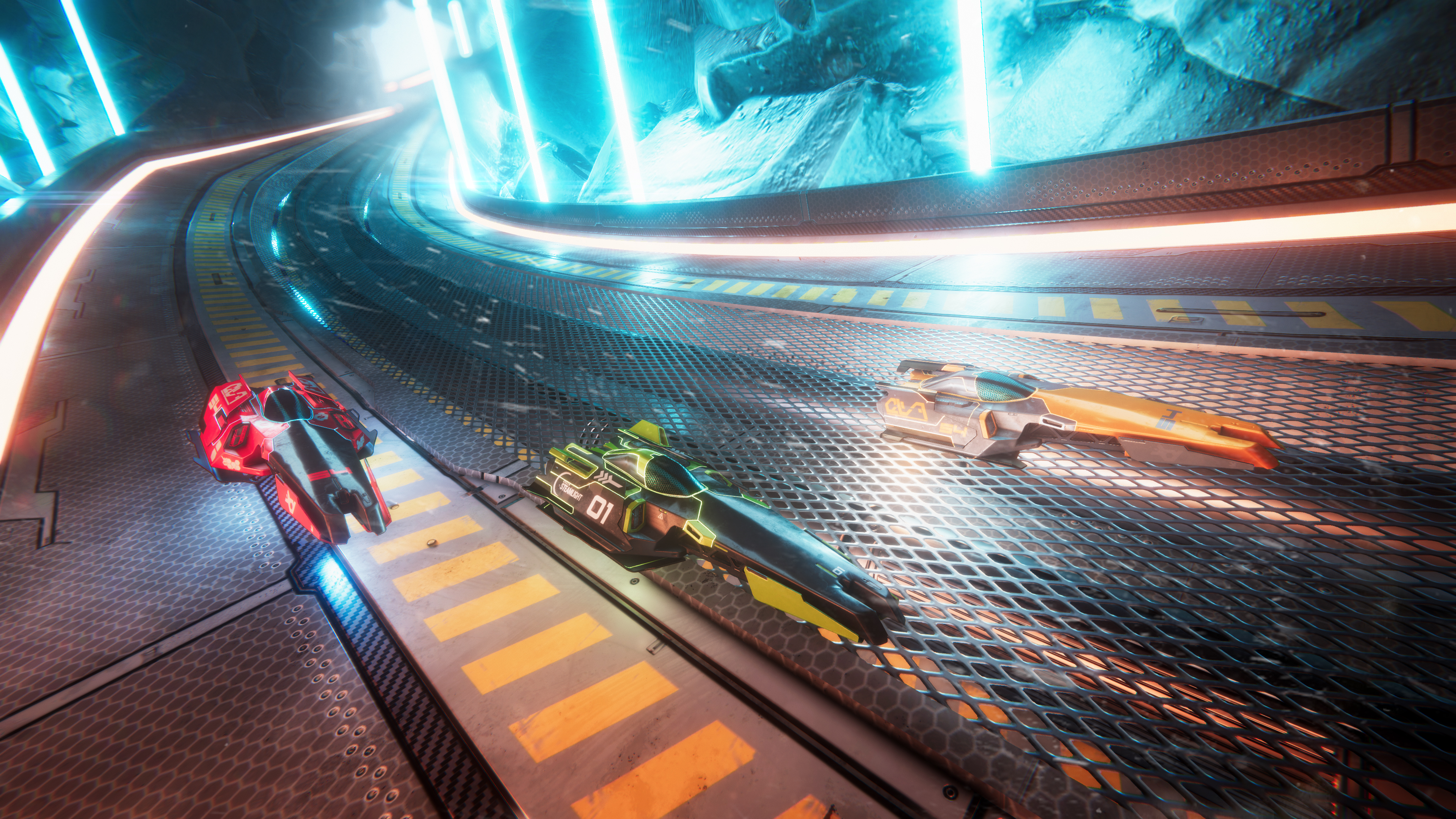
To cover the basics: Antrigravitator's ships have the sleek, distinctive designs I'd expect from Wipeout, but control with the much snappier and lighter arcade feel of F-Zero. A tap on the right stick will send you barrel rolling sideways, which is a handy trick for getting clear of a wall or adding just a bit more space as you pick one side of a forking path. It's instantly responsive and immediately satisfying to use. There are going to be 12 tracks spread across four distinct worlds, as well as reverse options for each one. Each track I played was fun to race on and drop dead beautiful, with enough complexity to learn over time but not super challenging, either. I imagine some of the tracks not available in the demo I played will start introducing deadly sharp turns and demand skill I definitely don't have.
Where Antigraviator differs from the other sci-fi racers I've played is its weapon system. Coeck likened it to Split/Second; there are traps spread across the courses, and you can use energy power-ups you pick up on the course (which you also use to boost) to trigger those traps when enemy racers are near them. It's not nearly as intuitive as the Mario Kart-style weapons of Wipeout, and you have to watch for an icon underneath your racer to show up signaling an enemy is near a trap that you can trigger.
Maybe I just don't like it because it differs from what I expect from this kind of racing game, but I don't think it's ever going to feel as natural as directly firing weapons at the enemy. Antigraviator moves so fast, it's hard to know when you're near traps, and using them to attack enemies is inherently less satisfying than a more traditional combat system, because your enemy usually isn't even on screen. Did you hit someone? Who knows. Hope so!
It's a testament to how good the racing feels, and how pretty Antigraviator is, that I didn't much care. It's hard to believe the game started out as a student project and is made in Unity by a Belgian team of only five developers. It should be out this summer, and supports local multiplayer as well as up to eight players online. I'm definitely going to be jamming to some CoLD SToRAGE.
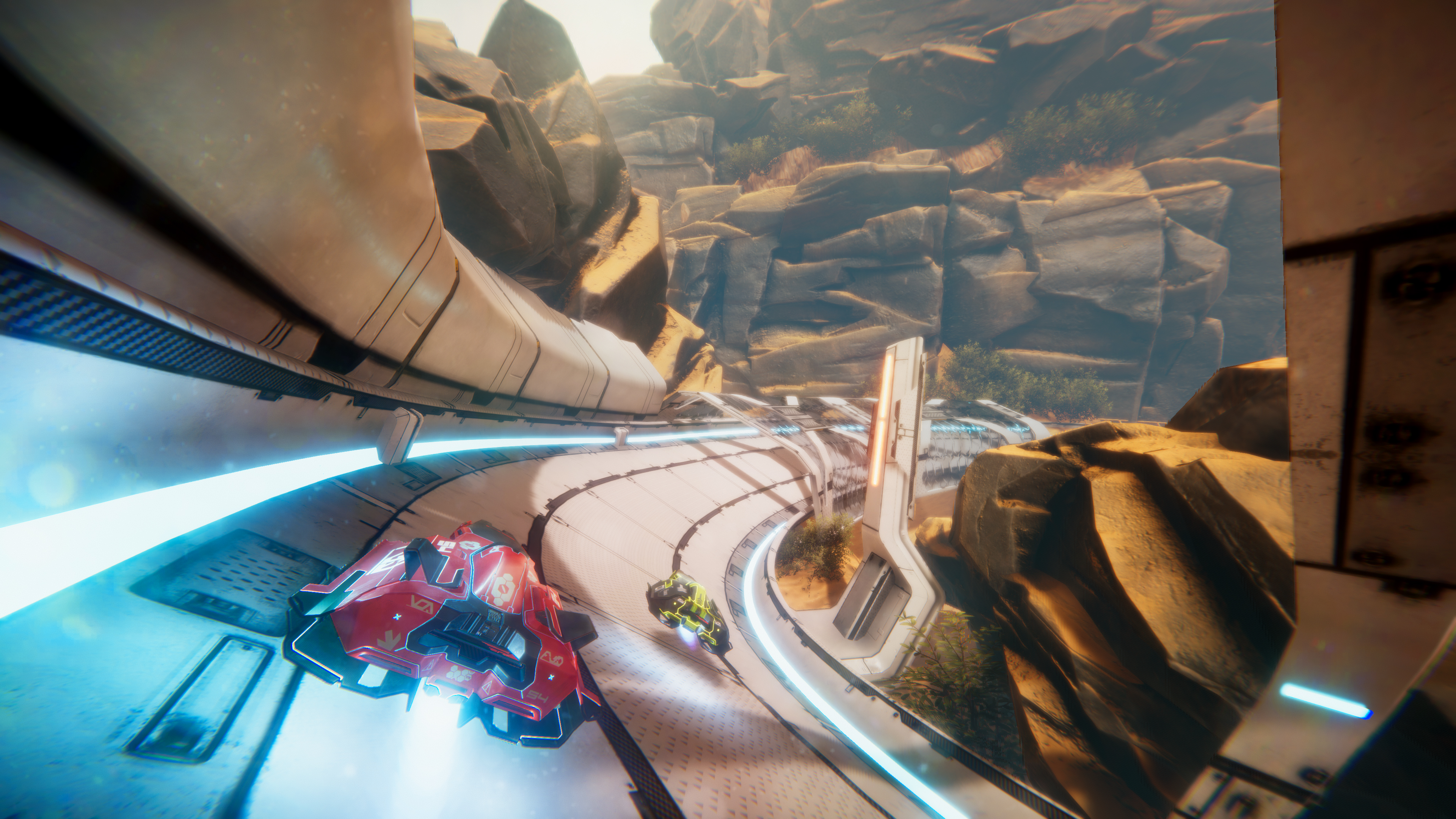
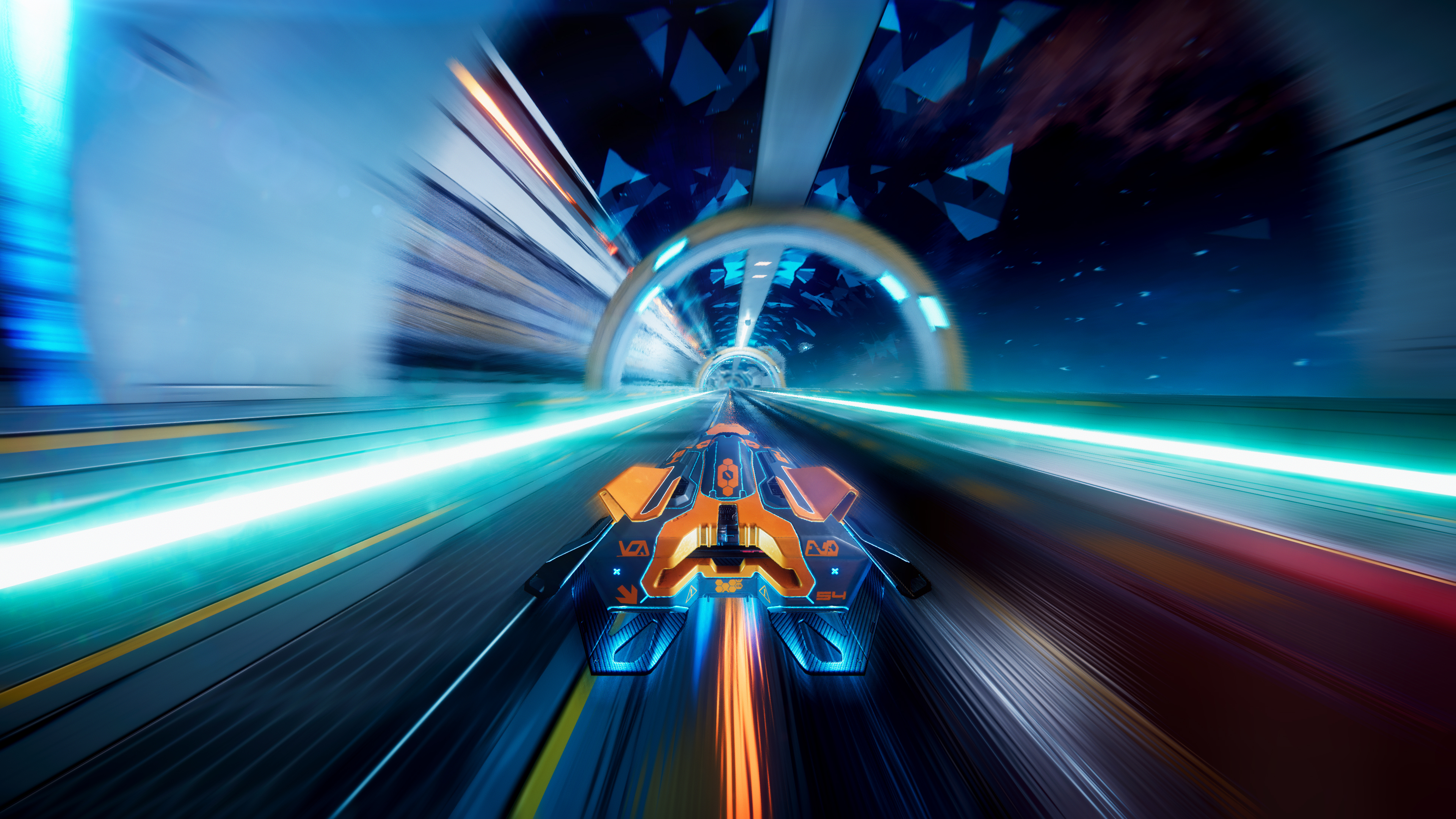
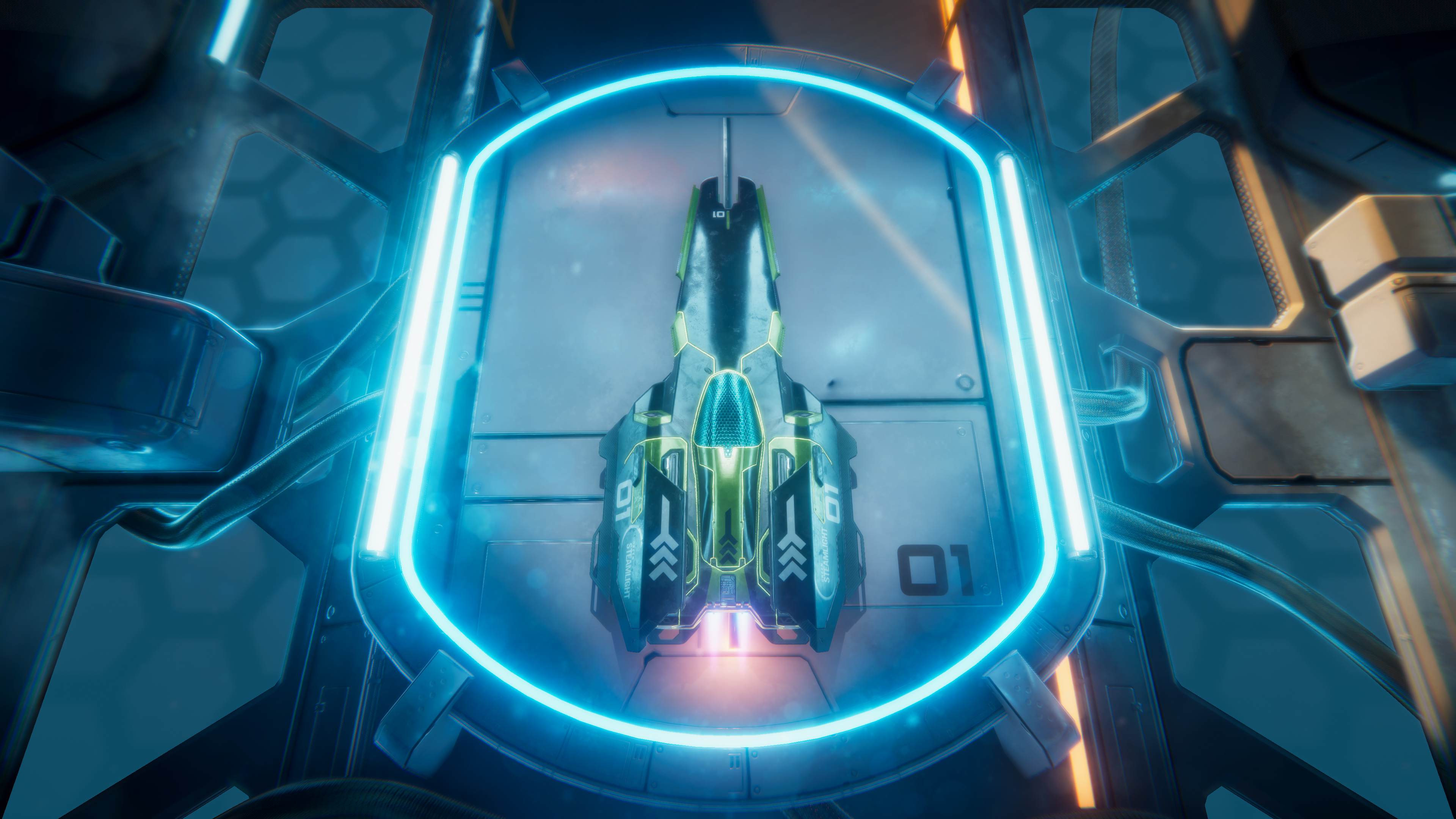
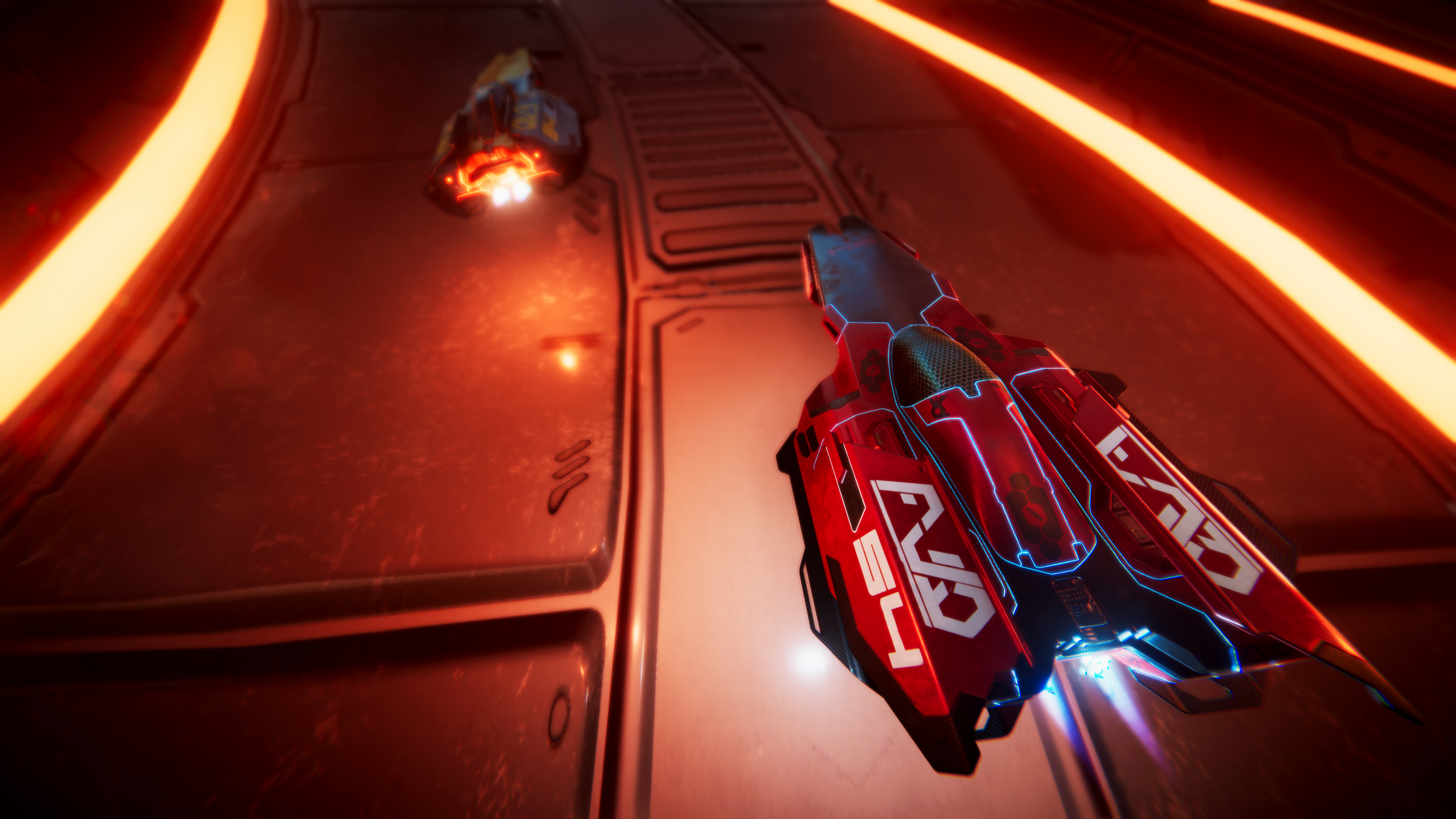
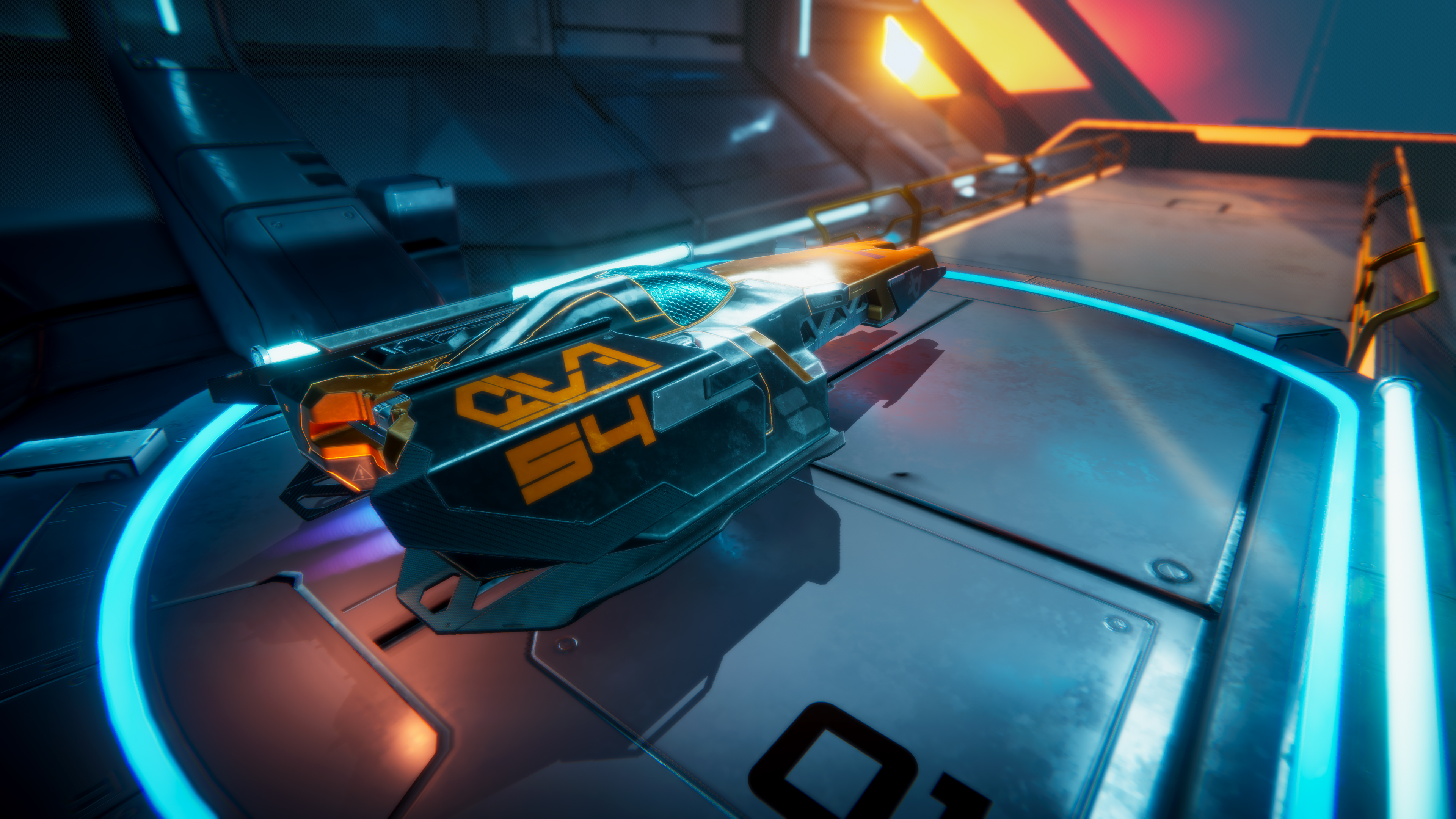
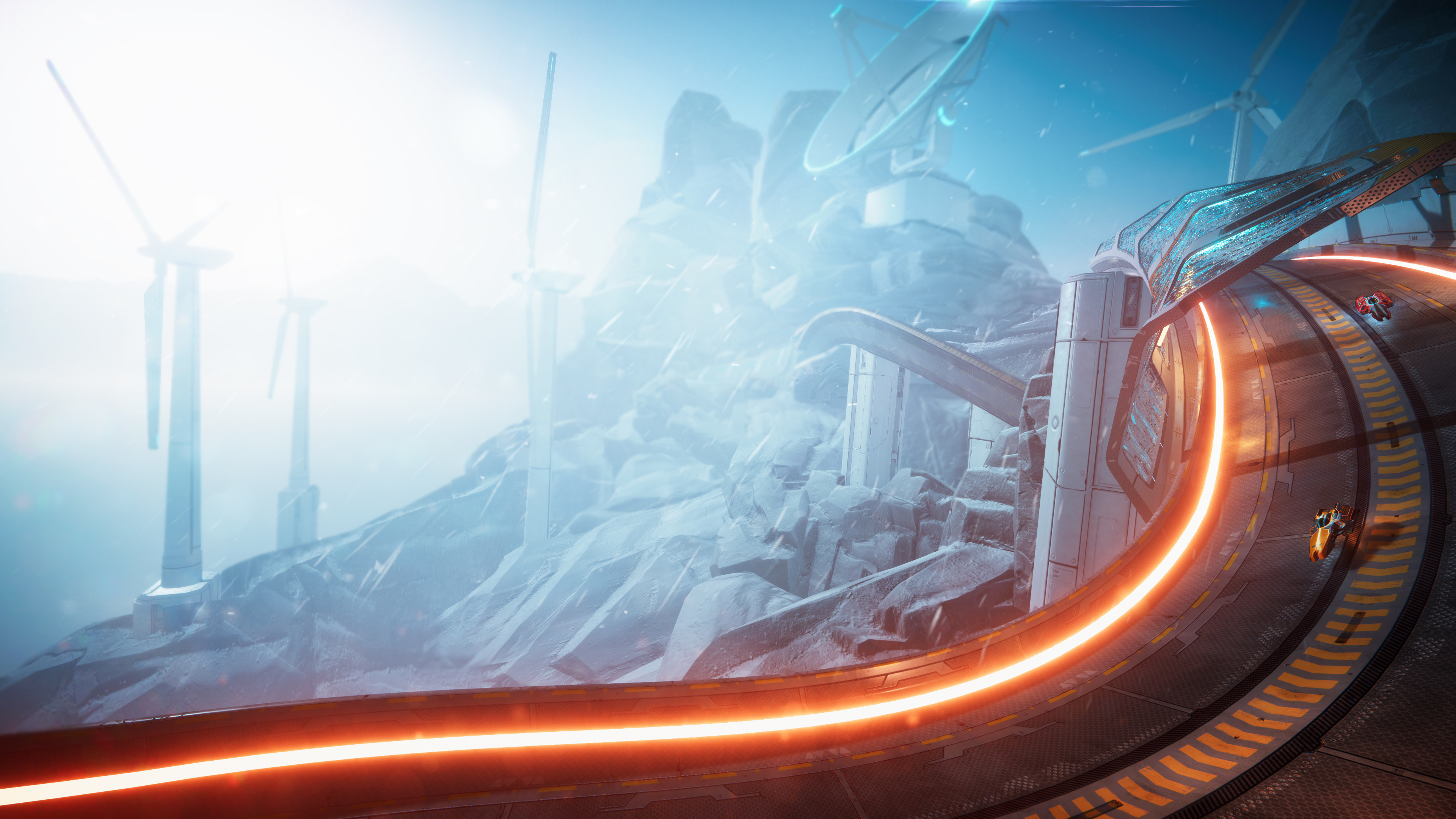
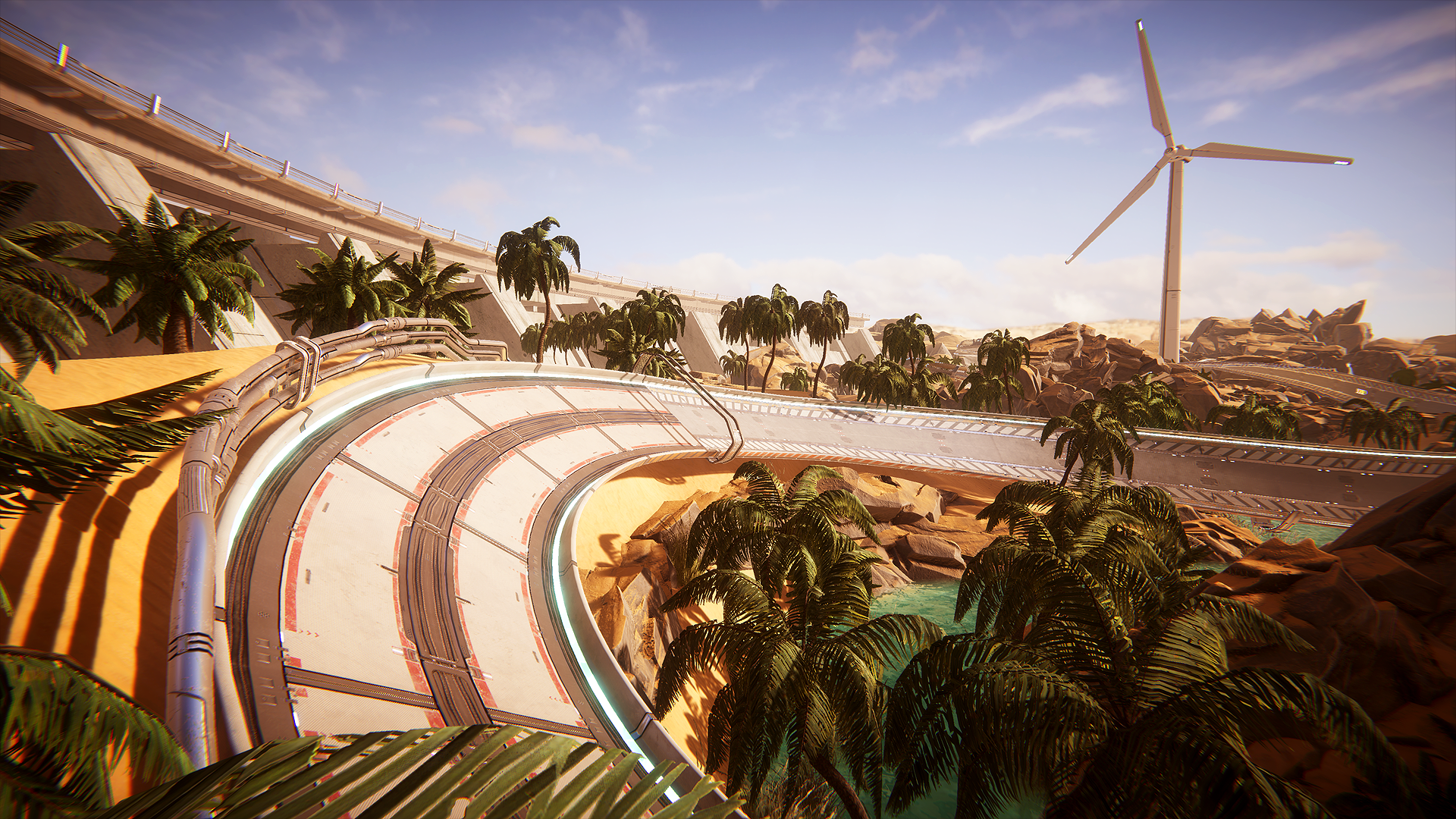
Keep up to date with the most important stories and the best deals, as picked by the PC Gamer team.

Wes has been covering games and hardware for more than 10 years, first at tech sites like The Wirecutter and Tested before joining the PC Gamer team in 2014. Wes plays a little bit of everything, but he'll always jump at the chance to cover emulation and Japanese games.
When he's not obsessively optimizing and re-optimizing a tangle of conveyor belts in Satisfactory (it's really becoming a problem), he's probably playing a 20-year-old Final Fantasy or some opaque ASCII roguelike. With a focus on writing and editing features, he seeks out personal stories and in-depth histories from the corners of PC gaming and its niche communities. 50% pizza by volume (deep dish, to be specific).

